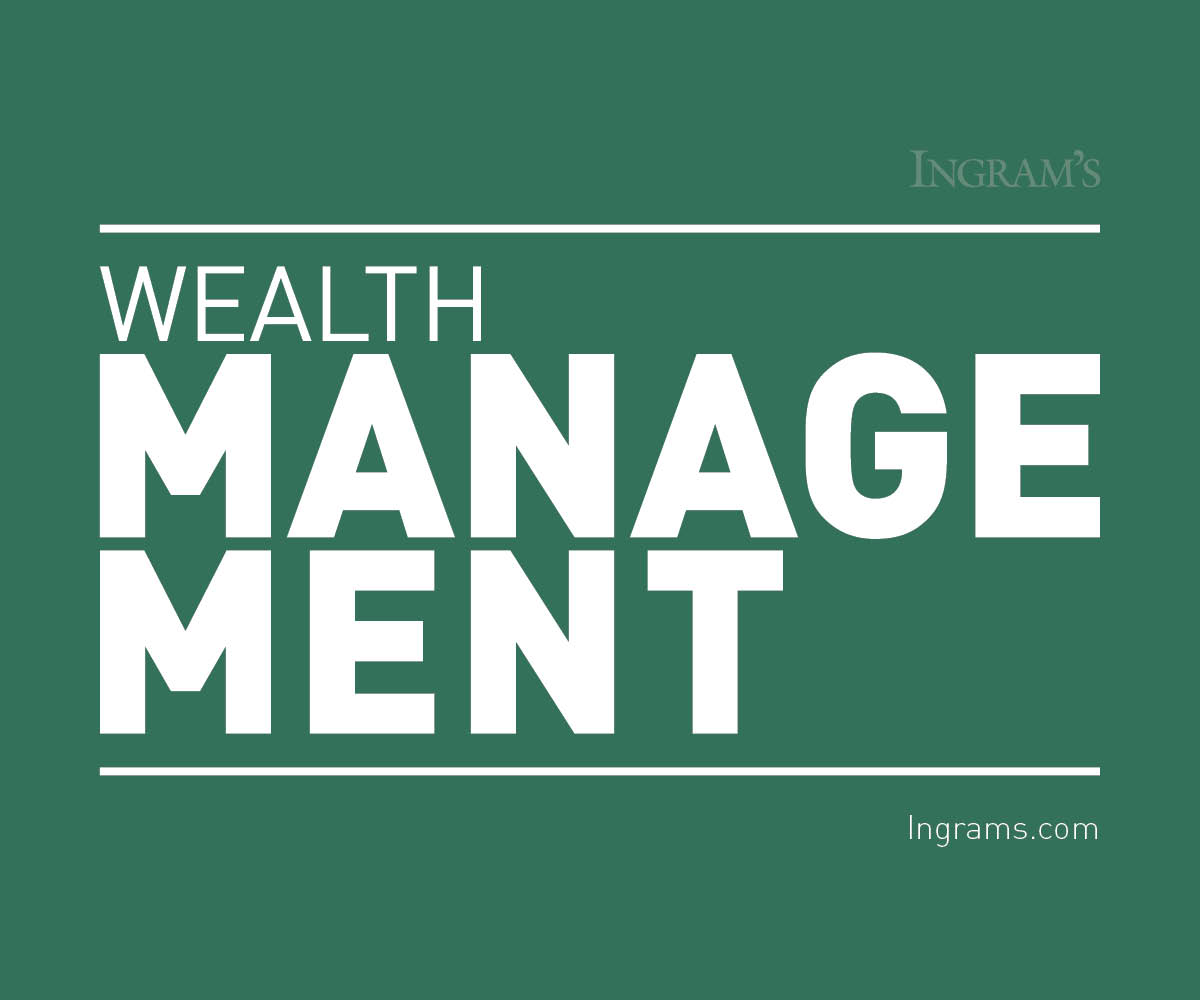HOME | ABOUT US | MEDIA KIT | CONTACT US | INQUIRE
HOME | ABOUT US | MEDIA KIT | CONTACT US | INQUIRE
It's fitting that Ingram’s chose transitions for a major editorial theme in 2020.
 This year has seen unprecedented transitions. Many small businesses had to shutter, and corporations sent their employees home to work. Lives and jobs were lost, creating voids. It’s been a crazy year and sobering in many ways, but one principle stands out when it comes to managing wealth during a crisis: Focus on what you can control instead of what you cannot control.
This year has seen unprecedented transitions. Many small businesses had to shutter, and corporations sent their employees home to work. Lives and jobs were lost, creating voids. It’s been a crazy year and sobering in many ways, but one principle stands out when it comes to managing wealth during a crisis: Focus on what you can control instead of what you cannot control.
Fear is mostly caused by uncertainty in the areas of life that we cannot control. The pandemic brought a large dose of that, which also impacted the financial markets. During a five-week period in February and March, S&P 500 stocks plunged 34 percent—only to then rocket 55 percent and are now at new highs. This happened even with a backdrop of a worsening pandemic, social unrest, and a contested presidential election, among others.
 How could anyone have predicted this?
How could anyone have predicted this?
The financial markets are unpredictable and over the short run are driven largely by two things: fear and greed. These are two of our ugliest traits, but very powerful forces on investor decision-making. Acting on them often leads to market timing or even worse, going to cash at the worst possible time. These instincts can cause irreparable damage and reduce the likelihood of reaching long-term financial independence goals.
A wise investor focuses on things they can control like short- and long-term needs and then designs and implements a portfolio that has the highest probability of meeting those needs. To put it simply, hold enough high-quality bonds to provide for income needs for the short run (5 to 7 years) and enough diversified stocks to meet long-term needs after accounting for your risk tolerance.
So, regardless of how the financial markets, economy, interest rates, inflation, political elections, pandemic, etc., remember that your portfolio should always be anchored toward meeting needs vs. being driven by speculation. This disciplined approach helps provide investors the best chance of weathering the crisis of today and those to come.
The presidential and congressional elections sparked much speculation about the future tax code. What is known is that the tax legislation and business relief introduced in 2020 is still in play through the end of the year. There is still time to save taxes and, in some cases, also meet charitable intent.
RMDs. The IRS waived required minimum distributions for retirees and beneficiaries of inherited IRAs in 2020. If you don’t need the income to meet daily expenses, consider deferring distributions this year to further shelter the money from taxes.
QCDs. Qualified charitable distributions are still allowed this year for those over age 70½. QCDs are direct transfers from an IRA to a qualified charity. They are excellent way to meet charitable intent and save taxes.
Cash Donations. The CARES Act modified the limit on cash donations to 100 percent of Adjusted Gross Income, up from 60 percent. Note that cash contributions to donor-advised funds are not eligible for the modified limit.
Tax-Loss Harvesting. The extreme market volatility earlier this year created opportunities to tax-loss harvest investment assets. Now is the time to review accounts for positions that have unrealized losses. Any capital losses realized will offset capital gains dollar for dollar. Up to $3,000 of excess losses can offset ordinary income. The remainder carries forward to the next year to offset future income and gains.
Stimulus Checks. Stimulus checks were sent to millions of taxpayers in 2020 using prior-year returns to determine eligibility. Eligibility is technically based on 2020 adjusted gross income (AGI). Taxpayers not eligible for the first round of checks may receive the stimulus check in the form of a 2020 tax credit if their incomes are less this year. Consider this when doing year-end income planning.
Small Business Relief. Several programs aimed at providing relief for small businesses, most notably the Paycheck Protection Program (PPP). Although this program stopped taking applications in August, Johnson County is still offering $10,000 grants to small businesses that were negatively impacted by COVID. Check eligibility requirements and apply for these grants through the Enterprise Center of Johnson County (https://www.ecjc.com/).
When it comes to investments and taxes, focusing on what we can control empowers us to confidently make decisions and have conviction about them. As we transition again, this time into 2021, having some certainty in an uncertain world sure feels comforting.